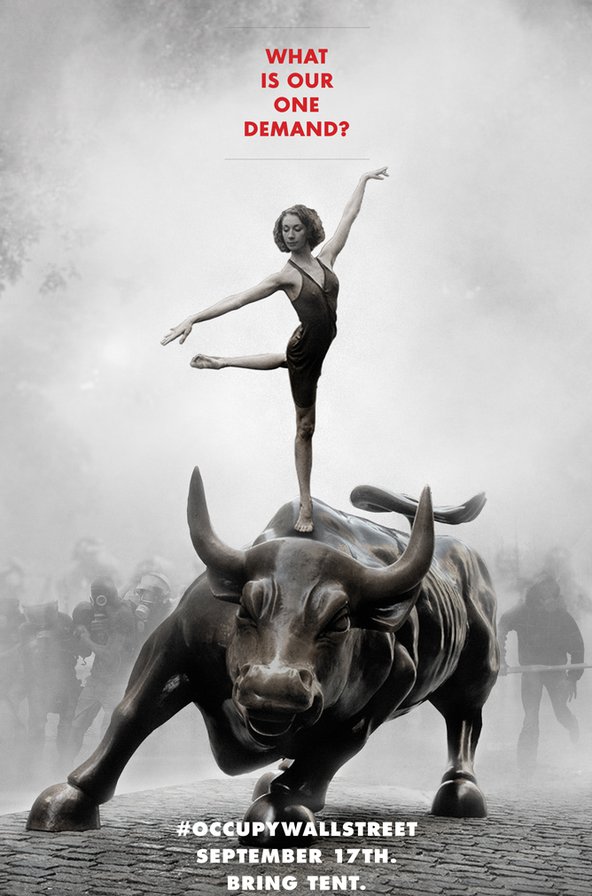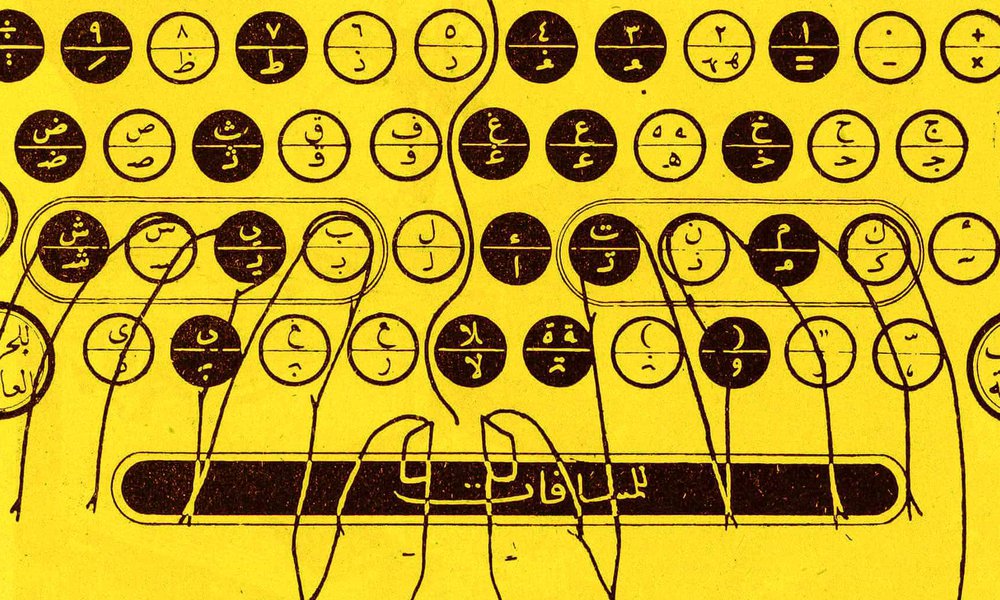Why historians and economists should study each other’s subjects
30 Aug 2019
I have been an economic historian since my years as an undergraduate; my passion for history was accompanied by my search for explanation in the social sciences. I studied both history and economics. I have written over my career on subjects ranging from industrialisation and technological change to the gender division of labour and luxury consumption, and most recently on global history. Economic history is the study of the historical change of the material world in all its broad manifestations, deploying both deep empirical and archival research and interdisciplinary methodologies and theories.
The big question facing economic historians now is just to what extent is their subject and practice an academic discipline? Where does it fit between history and economics? While during the 1970s and 1980s in the UK there were separate departments of economic and social history in many UK universities, now there is only one such department; at the LSE, economic historians now teach in economics departments or, mainly, in history departments. In the US, there were never separate departments for the field; the subject was taught in both departments, though since the 1970s mainly in economics departments. In other parts of Europe, Japan and India, both departments have absorbed economic historians.
The first departments of economic history
The subject rose to prominence from the 1880s in the UK, as the historical school of economics led by William Cunningham branched off from the developing neoclassical school led by the marginalist economist, Alfred Marshall. Permanent positions in the subject were first established at Harvard in 1892, where the English economic historian William Ashley came to the first chair in the subject, then at the LSE in 1904, when Lilian Knowles came to the first full-time lectureship. The Economic History Society was founded in 1926, and female scholars, including Lilian Knowles and Eileen Power, played a major part in the development of a new field that came to dominate the historical disciplines by the 1960s. In other parts of Europe, the US, Japan, India, China, and Canada and Australia, the subject was founded and evolved in diverse directions, but grounded in the national and local state and policy frameworks and geo-specific issues of each country.
The field, more closely integrated in economics in the US, moved there in the new directions of the ‘cliometric revolution’, with theory derived from neoclassical economics and methodologies based in quantitative and econometric techniques. The result, by the 1970s, was a new disciplinary divide between these ‘new’ economic historians and wider historians researching the history of economic life. The neoclassical economic theory used by the new economic historians was ahistorical, analysing long-run equilibria from which history had been erased, and also assumed perfect markets. Neither of these premises was acceptable to historians, and historians also turned away from increasingly sophisticated quantitative techniques. A revival of interest among historians in cultural history, narrative and literary techniques from the 1980s led many to abandon the history of material life to the also by-now declining numbers of economic historians in economics departments. This disciplinary gulf widened as economics departments turned increasingly to mathematical and theoretical specialisms and theory based in behavioural economics. Economic history seemed to be a subject lost to both history and economics. This growing wedge between history and economics was also underpinned from the onset of the 1990s by the loss of the old certainties both in the development project of the Cold War years and in Marxism. Economic history had been vital to both.
And yet, the conferences of the Economic History Society and the Economic History Association were full; new initiatives such as the Women’s Committee of the Economic History Society brought popular spinoff workshops. The history of material life that economic historians of my generation sought turned, among historians, to histories of material culture, to histories of credit and debt relations, to histories of consumption, and to histories of population, family and gender division. Business and financial history and histories of science and technology brought together other economic historians.

Understanding globalisation
A new impetus to the subject arrived in the late 1990s with the history of globalisation, and especially the impact of Kenneth Pomeranz’s The Great Divergence: China, Europe, and the Making of the Modern World Economy, a book that challenged historians to understand Chinese history to explain why the industrial revolution happened first in Europe. A new global economic history compared Asia and other parts of the world with Europe; this new large-scale comparative history captured the imaginations of many historians, leading a shift in many European, North American and Asian history departments to global history. The financial crash of 2008 and its long legacy, and a new political consciousness of continued and growing inequalities of income and race within the advanced nations of the west, has also placed economic history centrally in historical research and teaching agendas, and raised critical questions for economic theory. Thomas Piketty’s Capital in the Twenty-first Century brought economics and economic history together meaningfully for historians. It drew on extensive data for Europe and America on inheritance, investments, capital and wealth to demonstrate cycles of inequality since the eighteenth century, and especially the marked concentration of wealth in the hands of a small elite since the 1970s.
A new theme in the history of capitalism is now advancing rapidly in American history departments, focusing especially on the part played by slavery in American industrialisation, and is starting to make its way in Europe. Reaching beyond American history, research is now opening into the part played by coerced labour, in many cases, underpinned by race, in wider global histories of economic development. A political consciousness of climate and environmental change has also generated new historical interest in natural resources and the environment.
Preparing the economic historians of the future
All these recent issues of global history, inequality and the environment have certainly placed economic history centrally once more in wider historical research. Yet there is a big problem here, for a whole generation marked by a decoupling of history and economics has ‘disarmed’ younger historians in facing the challenges of the histories they want to write about: they lack the basic social science frameworks enabling an analysis of causality and the basic statistical tools to gather and make sense of the empirical and numerical evidence now increasingly available to them in digital form. Economic historians working in economics department have also lost out, for obsession with econometric analysis of long-run data sets and little engagement with wider historical writing has left them without meaningful questions, or of any sense of the contingencies, multiple contexts and structures that underpin long run change. We have specialised, we have acquired great expertise in a whole range of smaller things; but the disciplinary fragmentation between history and economics has left our economic history ghettoised. Can we find a disciplinary centre point for economic history between history and economics?
The key journals in the field, The Economic History Review and The Journal of Economic History, still offer opportunities: recent issues include articles on religion and beekeeping in the medieval economy, and on migration and the great Irish famine. We need to open a dialogue where both historians and economists seriously read in economic history, and economic historians learn from the theories, techniques and histories of institutions and contexts of their sister subjects. The pressing issues of financial crisis, inequality and climate change call for a reformulation of current economic models. A closer integration of economics and economic history is likely to be a central part of this reformulation. For economists, there could be a new curiosity about what it means to think about actors and institutions ‘in time’, that is, historically. Equally for economists, the impact of their research will depend on making it accessible to historians and other social scientists. For historians this could bring a revival of historical work on material life in the years ahead. How can we open dialogue, engage with each other, and equip our students with the tools and historical context they need?
Maxine Berg is Professor of History at the University of Warwick. She was elected a Fellow of the British Academy in 2004. She thanks Jeremy Adelman, Kristine Bruland and Pat Hudson for comments on this piece.
Further reading
Maxine Berg, 'A Woman in History: Eileen Power, 1889–1940', Cambridge University Press, 1996
Jeremy Adelman and Jonathan Levy, ‘The Fall and Rise of Economic History’, The Chronicle of Higher Education, 1 December 2014
Jan de Vries, ‘Changing the Narrative: the New History that was and is to Come’, Journal of Interdisciplinary History, xlviii(3), 2018, pp. 313-334.
Pat Hudson, ed., Living Economic History (Glasgow, 2001).
Pat Hudson and Francesco Baldozzoni, eds. The Routledge Handbook of Global Economic History (London, 2015).
Naomi Lamoreaux, ‘Economic History and the Cliometric Revolution’, in Anthony Molho and Gordon S. Wood, Imagined Histories: American Historians Interpret the Past, (Princeton, 2008), pp. 59-84.
William Sewell, ‘A Strange Career: the Historical Study of Economic Life’, History and Theory, 49 (4), 2010, pp. 146-66.


